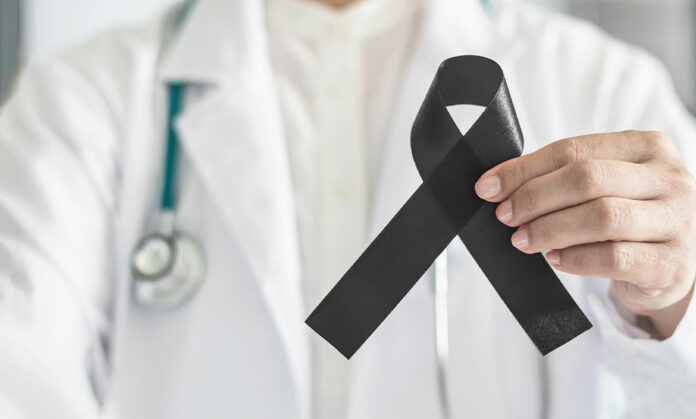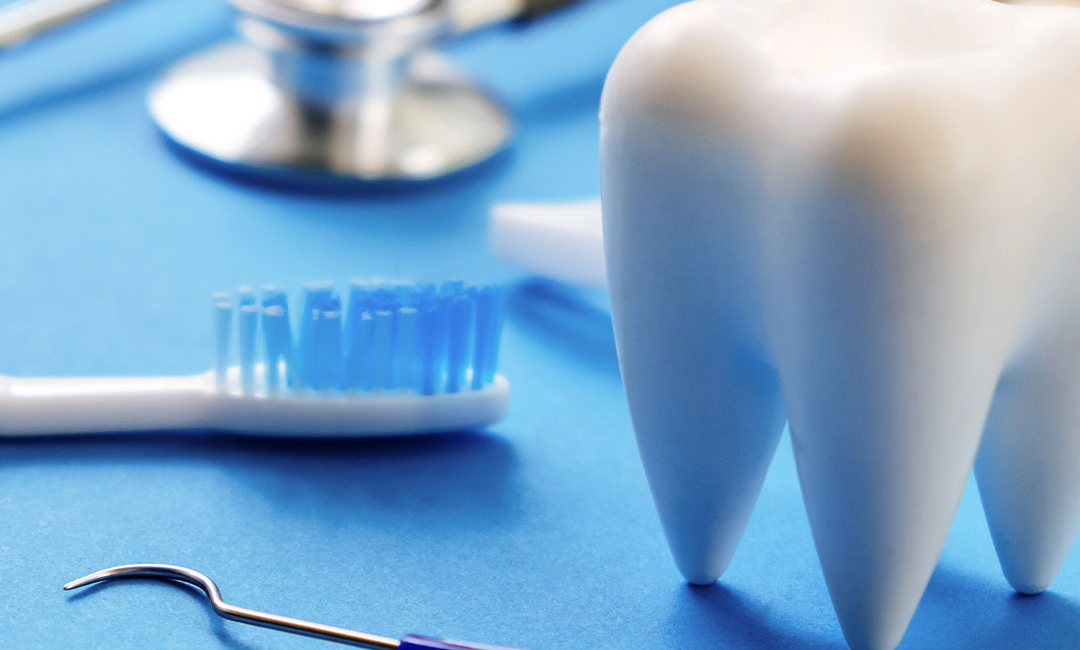As we welcome the warm embrace of the sun during the spring and summer months, it’s crucial to shed light on a topic often overlooked: skin cancer awareness and sun protection is a vital reminder to understand the risks posed by excessive sun exposure and the importance of adopting effective sun protection measures.
Let’s address the sobering reality: skin cancer is one of the most prevalent forms of cancer worldwide. According to the Skin Cancer Foundation, over 5 million cases of skin cancer are diagnosed each year in the United States alone. Among these cases, melanoma, the deadliest form of skin cancer, claims over 7,000 lives annually. The primary culprit? Prolonged exposure to ultraviolet (UV) radiation from the sun.
UV radiation, emitted by the sun in varying intensities, is categorized into three types: UVA, UVB, and UVC. While the Earth’s atmosphere absorbs the majority of UVC radiation, both UVA and UVB rays penetrate the atmosphere and can wreak havoc on our skin. UVA rays contribute to premature aging and wrinkles, while UVB rays are primarily responsible for sunburn and the development of skin cancer.
One of the biggest misconceptions about sun exposure is that it’s only harmful during sunny days or outdoor activities. In reality, UV radiation can penetrate clouds and windows, making it a year-round concern. Whether you’re lounging on the beach or driving to work, your skin is susceptible to UV damage. This underscores the importance of adopting sun protection practices as part of your daily routine, regardless of the weather forecast.
So, what steps can you take to protect your skin from the harmful effects of UV radiation? The cornerstone of sun protection is sunscreen. When selecting a sunscreen, opt for a broad-spectrum formula that shields against both UVA and UVB rays. Look for a sun protection factor (SPF) of 30 or higher and remember to reapply every two hours, especially after swimming or sweating. Additionally, don’t forget to apply sunscreen to often overlooked areas such as the ears, lips, and the back of the neck.
In addition to sunscreen, seek shade during peak sun hours, typically between 10 a.m. and 4 p.m. If you’re planning outdoor activities, consider wearing protective clothing such as wide-brimmed hats, sunglasses with UV protection, and lightweight, long-sleeved garments. These simple measures can significantly reduce your exposure to harmful UV rays while still allowing you to enjoy the great outdoors.
It’s essential to remain vigilant about your skin health year-round. Conduct regular self-examinations to check for any changes in moles, freckles, or other skin abnormalities. If you notice any suspicious lesions or spots that are asymmetrical, have irregular borders, exhibit uneven coloring, or are larger than the size of a pencil eraser, consult a dermatologist promptly. Early detection is key to successful treatment and can significantly improve prognosis.
Ultimately, it’s crucial to educate others about the importance of sun protection and skin cancer awareness. Encourage your friends, family, and community to prioritize sun safety by sharing information, resources, and personal experiences. By fostering a culture of sun protection, we can collectively reduce the incidence of skin cancer and safeguard the health and well-being of future generations.











